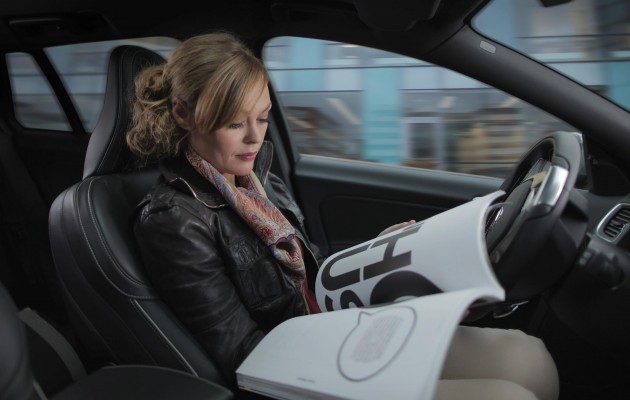SAE refines definitions of driving automation levels
In light of the rapid advancement in autonomous driving technologies and functions, SAE International in collaboration with the International Organisation for Standardisation (ISO) has announced a key update to the most-cited reference for self-driving capabilities: the SAE J3016 Taxonomy and Definitions for Terms Related to Driving Automation Systems for On-Road Motor Vehicles, or the SAE Levels of Driving Automation.
The SAE-defined levels are more commonly known as Level 0, for driving with no added assistance, through to Level 5, which is for fully automated driving. The basic framework for the different levels of assistance remains the same, albeit with more detail on the differences of operation between Level 3 and Level 4.
Overall, the six different levels (including Level 0 for no assistance) have been evenly divided into two groups. Levels 0 through to 2 have been termed as driver support features where applicable, and the first three levels of automation states that the driver is driving whenever these support features are engaged, even if his or her feet are off the pedals and there is no driving input applied to the steering.
In these lower levels of automation, features for Level 0 are defined as limited to providing warnings and momentary assistance, such as autonomous emergency braking (AEB), blind spot warning and lane departure warning. Level 1 is defined as features that provide steering or braking/acceleration support, such as lane centring or adaptive cruise control. Level 2 is defined as both types of systems in Level 1, combined.
The table defines Levels 3, 4 and 5 as levels where the driver is not driving the vehicle when automated driving systems are engaged, even when he or she is seated in the driver’s seat, according to SAE International. The organisation additionally notes that in Level 3, the driver must retake control of the vehicle when the system issues a request to that effect.
Level 4 differs from Level 3 in no longer requiring the driver to retake control of the vehicle, however both Level 3 and Level 4 will only enable autonomous driving in limited conditions, and will not do so unless all required conditions are met, according to SAE International.
An example of Level 3 given is a traffic jam chauffeur; one such vehicle that offers the capability is the Honda Legend Hybrid EX, equipped with the Honda Sensing Elite system. Meanwhile, Level 4 is exemplfied by a local driverless taxi, and conventional controls such as a steering wheel and pedals may or may not be installed in the vehicle.
At the highest level of vehicle automation, Level 5, a vehicle of this classification has all the autonomous driving capabilities of one with Level 4 autonomous driving, with the added ability to do so under all conditions.
“As the development of automated driving technologies continues on a global scale, SAE J3016: Levels of Driving Automation has evolved to align with developing technologies and deployment strategies. Our collaborative partnership with ISO allowed us to expand and refine the recommended practice to better equip international customers with clear, concise and consistent language and definitions,” said chairperson for the SAE J3016 technical standards committee Barbara Wendling.
The post SAE refines definitions of driving automation levels appeared first on Paul Tan's Automotive News.
from Paul Tan's Automotive News
Read The Rest:paultan...





Post a Comment